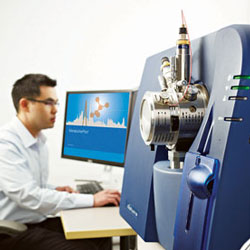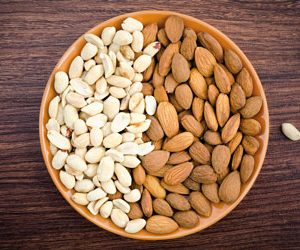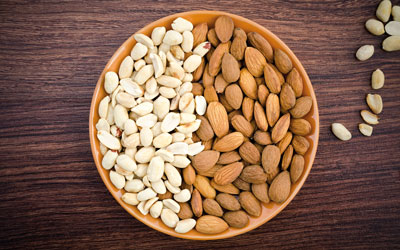article
3 May 2005 | By Kevin J. James, Mary Lehane, Brett Hamilton, Ambrose Furey, PROTEOBIO, Mass Spectrometry Centre for Proteomics and Biotoxin Research, Department of Chemistry, Cork Institute of Technology
Toxin contamination has forever been the curse on shellfish production worldwide. Dr Kevin J. James demonstrates how new technology can protect the health of shellfish lovers. PROTEOBIO is at the forefront of food-borne biotoxin research in Europe and specialises in the development of novel methods to address the complex questions…









